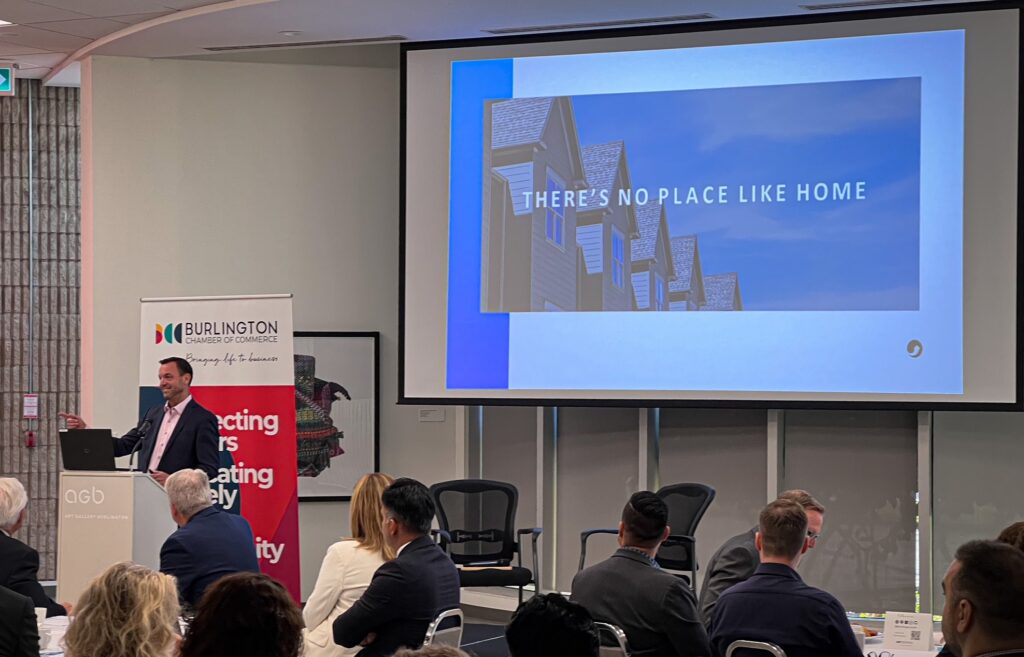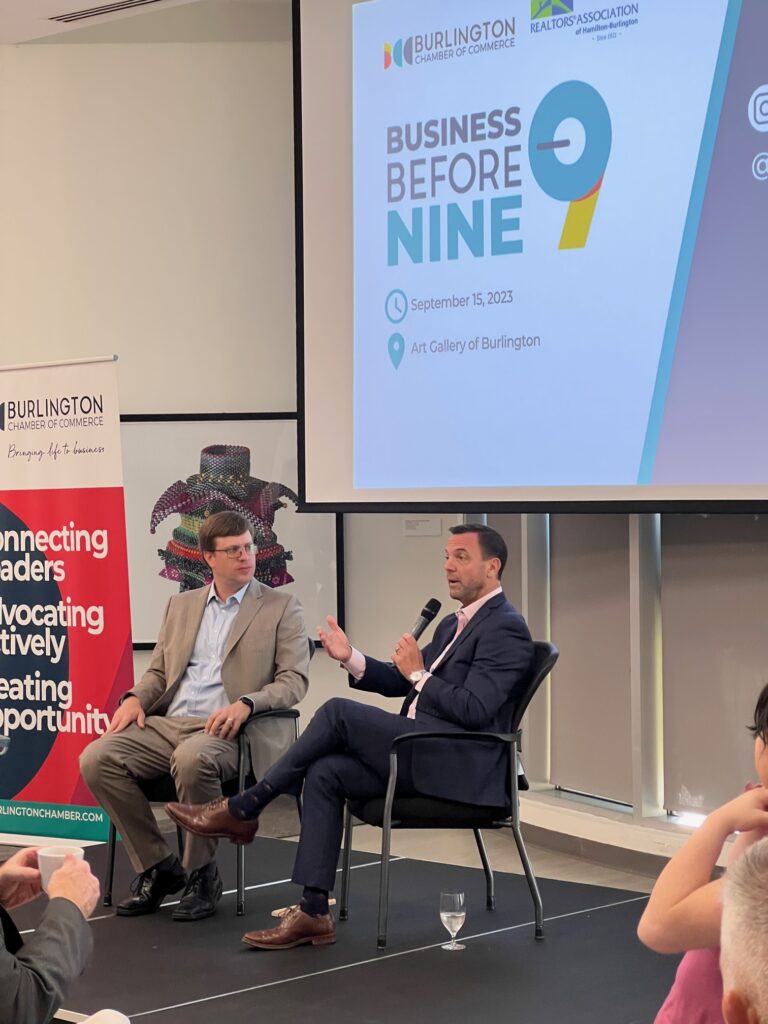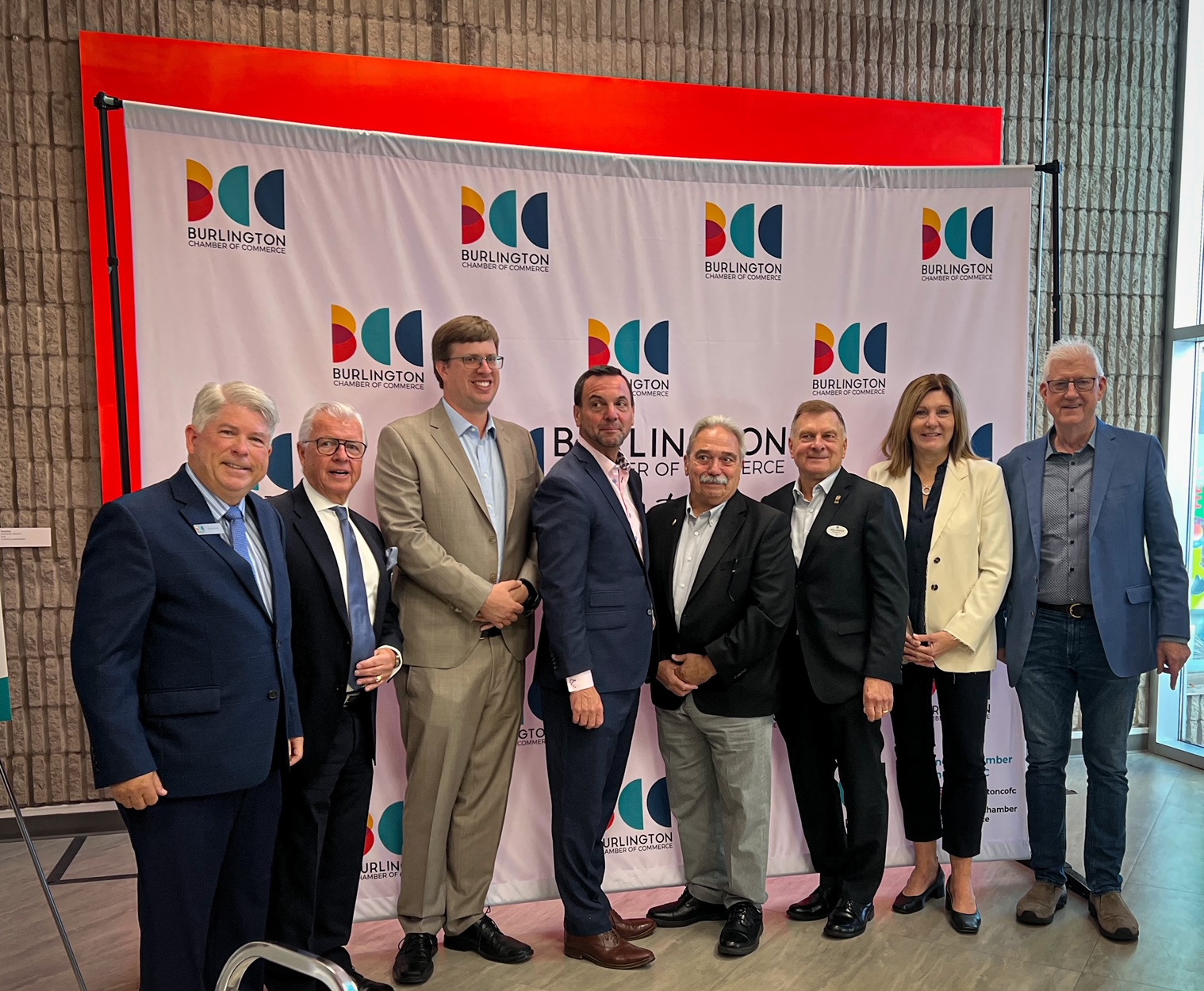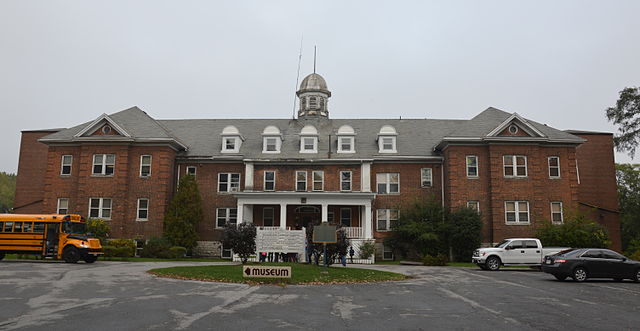“There’s no place like home” was the active theme in this month’s Business Before Nine hosted by the Burlington Chamber of Commerce with guest speaker, Tim Hudak, CEO of the Ontario Real Estate Association (OREA).
Hudak joined OREA in 2016 after a 21-year-long career in politics, including five years as the leader of the Progressive Conservative Party of Ontario. In 2021, Hudak was named to the Government of Ontario’s New Housing Affordability Task Force, and its goal is to explore measures to address the housing supply crisis and provide support to have homes built faster.
While the theme “there’s no place like home” rings true for many Canadians, the reality is that affordability has become a critical factor for many families and first-time homebuyers when deciding to either purchase or rent a home, not to mention the supply challenges the province faces.
According to Hudak, the core of strong neighbourhoods is where home is considered to be. He adds that home ownership is a fundamental building block of our Canadian culture, stating that children of homeowners do better in school, have better health outcomes, and attain better jobs. At one point, every generation had a better shot at home ownership than the generation before them, adding to that “great Canadian dream.” That is, until the year 2016, when the trend started heading in the other direction, says Hudak. The average price of homes continued to steadily increase, and post-COVID-19 pandemic, the pent-up demand further accelerated prices to a new height in February of 2022, with the average price of a home in Ontario now being over one million dollars.

One misconception of these rising home prices is that it is often thought of as a Toronto or Greater Toronto Area (GTA) problem, but the reality is that it has surpassed those boundaries. According to Hudak, the average sale price over the last five years has increased by over 36% in the GTA, over 57% in Ottawa, over 51% in Hamilton-Burlington, over 75% in Windsor-Essex, and most surprisingly of all, 120% in Niagara Falls-Fort Erie. This demonstrates that affordability is a province-wide issue.
So, why these drastic increases? Hudak firmly believes that it is simply because there is a lack of supply to keep up with the demand. It’s also no secret that salaries have not been increasing to keep up with these rising costs, often pushing residents to look elsewhere for home ownership.
Cooling the market by driving the costs up and raising interest rates have made things worse, according to many realtors, says Hudak.
What happened? How did we get here?
“I’ll call it for what it is: we’ve had a lot of NIMBYs [referring to “Not In My Backyard”] who stand in the way of new homes for the next generation,” says Hudak, leaving quite the gap for attainable housing. As a result, inaction carries consequences, and OREA’s data show that almost 50% of potential homebuyers were searching in other provinces. Nova Scotia, New Brunswick, and Alberta have been great drains of Ontario talent, according to Hudak, due to the reality that they cannot afford a home in Ontario. Alberta, for example, has spent an extensive advertising budget of $2.6 million dollars to market affordable housing options in Calgary and Edmonton to Toronto residents.
Recognizing these challenges and gaps, the province of Ontario has recently passed a number of pieces of legislation to speed up the permit approvals process, to build homes faster, and to allow people across the province to have a secondary suite in their home in an effort to be both creative with housing and neighbourhood opportunities while assisting homeowners to pay down mortgages by about 20–25% faster.
Hudak also suggested other creative tactics to improve housing, and based on OREA’s research and data. His top five include:
- Streamline the approvals process, improve urban design rules, and reduce the impact of NIMBYs. Residents should certainly have their say, but approval processes need to be sped up, and we cannot continue fighting tooth-and-nail at every development out there, as we will lose our talent to other provinces.
- Go further with eliminating exclusionary zoning, allowing gentle density to make better use of existing infrastructure.
- Implement the “Building Faster Fund,” rewarding municipalities that meet housing targets.
- Repurpose surplus government land by building homes on underutilized government land.
- Invest in infrastructure, creating more housing and job opportunities.
Hudak wraps up his speaking engagement calling out the need to end discrimination when it comes to the housing market. Appalling given today’s day and age, Hudak says that it still continues, and Canadians are still faced with more obstacles when getting into the housing market based on their ethnicity, religion, or who they love. Hudak firmly says that this needs to end, as all Canadians deserve fair access to housing.
The future of home ownership in Ontario is turning a corner, says Hudak, and he believes that through legislation and the commitment of realtors in Ontario to address housing affordability, the “Canadian dream” of home ownership can be achieved.

From the city’s perspective, they are working towards the goal of adding 29,000 homes in Burlington by the year 2031 in order to meet provincial targets, with 23,000 units already under review. The recent reversal of Premier Doug Ford’s decision to take land out of the Greenbelt to make it available to developers was hailed as a victory by Mayor Marianne Meed Ward. Meed Ward said, “Today is a great day for the environment and the Greenbelt – and an achievement for public advocacy. As a result of your efforts, Premier Ford has announced the Province will be returning the lands removed back into our protected Greenbelt”.
According to the independent findings in the Auditor General’s report, it was confirmed that no Greenbelt land is needed to meet the goals of new homes. The city continues to be committed to reaching these provincial targets without taking any protected, rural land for developmental purposes.
While these provincial targets may offer a sense of optimism for those looking to get into the housing market, it remains to be seen how many of these new units will actually be affordable. Time, market value, and average incomes will tell whether the incoming housing will be attainable by the time it is ready to be sold.
Business Before Nine with Tim Hudak was held on September 15, 2023, at the Art Gallery of Burlington.





